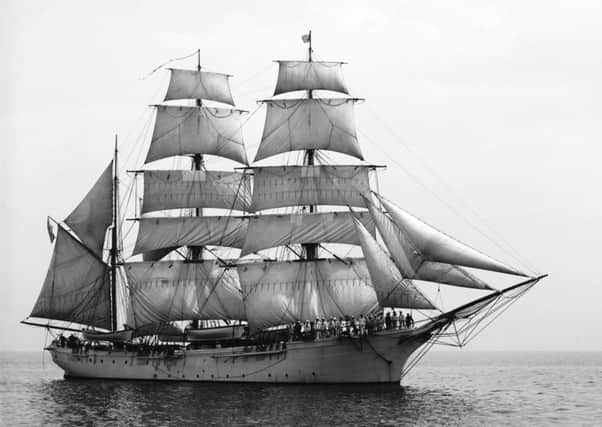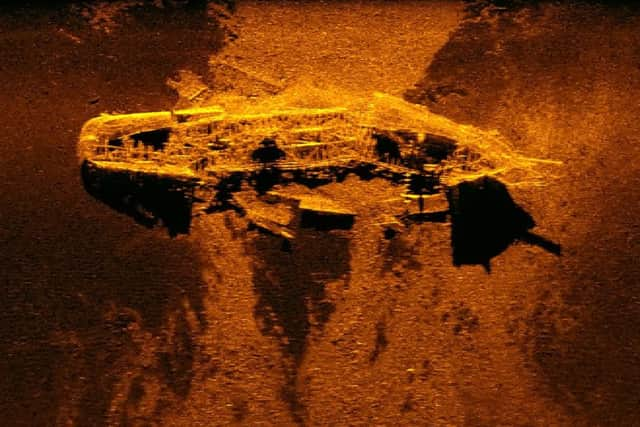Mystery lost Scots ship may be solved in MH370 search


The West Ridge, a 220-foot iron barque, was transporting a shipment of coal in 1883 from the UK to India but never reached its final destination.
Now investigators searching for the missing Malaysia Airlines flight MH370 have revealed they may have inadvertently found the West Ridge on the bottom of the Indian Ocean.
Advertisement
Hide AdAustralian maritime researchers discovered two previously unknown ship wrecks while using sonar imaging equipment in an attempt to find the Boeing 777 which disappeared with 239 people on board in March 2014.


Marine archeologists based at the West Australian Museum then used archive shipping records and newspaper reports to try and identify the wrecks.
One, discovered in December 2015, was found lying upright with evidence recovered suggesting the ship weighed between 1,100 and 1,655 tons and had at least two decks. Scientists found a coal sample which pointed to the fact the ship was British.
Academics believe the most likely candidate is the West Ridge. Launched in 1869, it was built by the Govan-based firm Dobie & Co.
The ship and its 28-strong crew had departed from England on a routine voyage transporting coal to the then British colony.
Steel or iron-clad barques were once common sights at British ports. One surviving example is the Glenlee, launched in 1896, which is now moored permanently at the Riverside Museum in Glasgow.
Advertisement
Hide AdDr Ross Anderson, curator of maritime archaeology at the Western Australian Museum, said the wreck best matched the descriptions of the West Ridge but added that two other vessels were also possibilities.
Greater uncertainty surrounds the identity of a second wreck. The remains of a wooden ship were found in May 2015, around 20 miles away from the iron wreck.
Advertisement
Hide AdOne candidate is the W. Gordon, which was sailing from Scotland to Australia in 1877 with 10 crew on board when it sank.
“The evidence points to the ship sinking as a result of a catastrophic event such as explosion, which was common in the transport of coal cargoes,” Dr Anderson said.
He said his team could not be certain of the ships’ identities due to incomplete historical records.
The shipwrecks were found during the official search for MH370 by Australia, Malaysia and China. The unsuccessful mission ended in January 2016 after 1,046 days.
Dr Anderson added that more work was needed before his team can be certain over the identity of the wrecks.
“If it was a shipwreck that we could dive on, we’d be looking for any artefacts like ceramics or bottles or anything that could confirm providence,” he told the Telegraph.
“These are the deepest wrecks so far located in the Indian Ocean, they’re some of the most remote shipwrecks in the world, so we try to maximize any information.”
